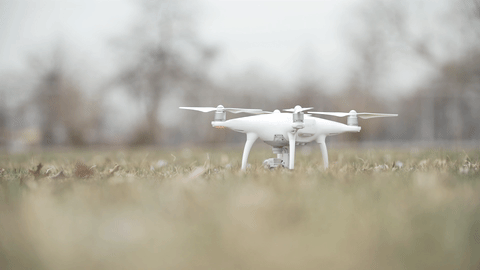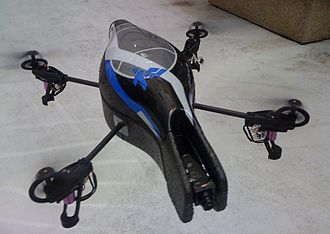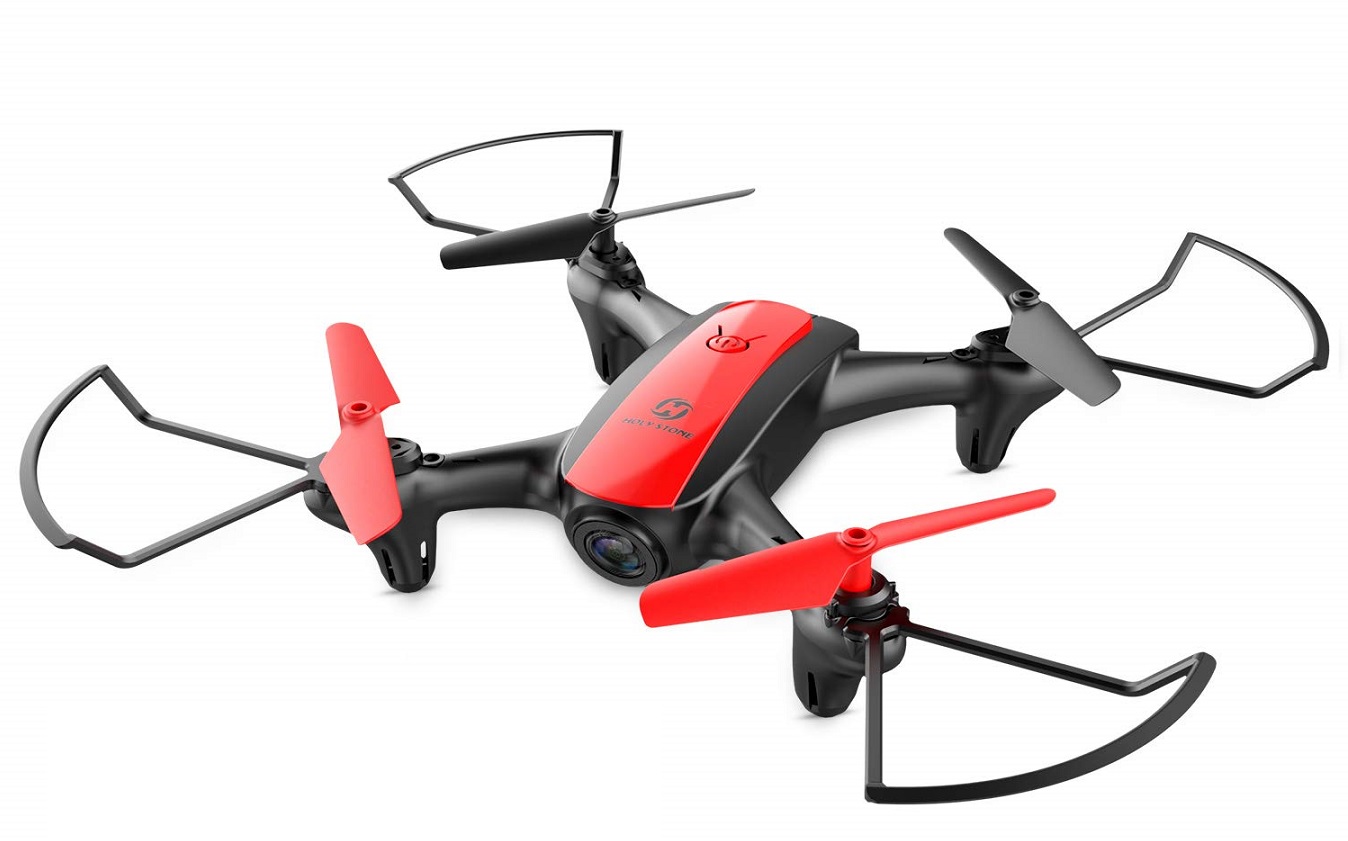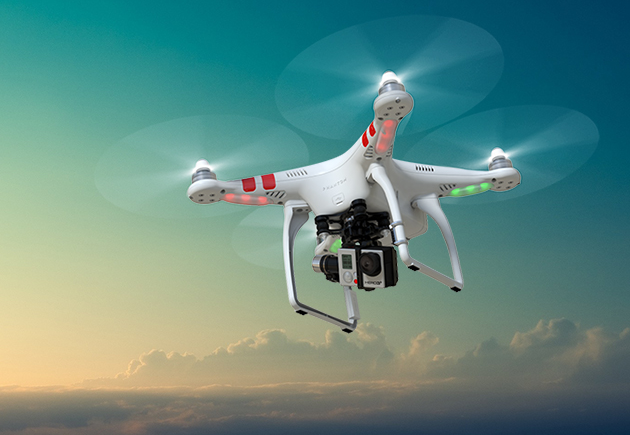
Imagine a future where vehicles are able to scour the skies without a pilot, and can gives freedom to the long-time terrestrially bound humanoids. Well, the future is now (but in a much smaller form).
Drones have been around in the aerospace and military sector for a pretty long time, but over the last decade, various upgrades have allowed drones to become a part of mainstream culture. From photography to flying it around to fun to even delivering a product, drones have started to show their usefulness in our everyday lives. With the recent cycle of improvement, drones are being more viable as a tool in today’s increasingly technological atmosphere. With drones being safer and more intuitive to control, it has turned from a high budget hobby to a recreational device that anyone can use. Many high tech classrooms have already sets of drones for the purposes of teaching coding, but drone education can reach more than just technological focused content.

This is one of the first consumer drones that allowed it to connect with mobile technology. The Parrot AR Drone. The body was bigger to allow for the the mechanism to work, thereby making it more clunky looking and less powerful. It had a functional camera and could connect to mobile devices, but with a lower range and short flight time.
It was revolutionary at the time as it allowed for AR racing and shooting games, but was difficult to educators to use it reliably.

Whereas now, drones are available for around 40 USD and has enough functionality to take education beyond the classroom. This is the Holy Stone HS370 Drone, which is a new model that’s extremely cheap for what it can do. It had double the flight time of the Parrot AR drone, was extremely stable, and had a great camera to use for any sort of picture or video taking. A class set of this would not be out of the question due to it’s cheap pricing and functionality.
As the accessibility of the product increases and the price decreases, drones could be a serious contender classroom usage. Other than the much-developed STEAM applications of this tech, the usability of this in other subjects such as Language Arts or Social Studies cannot be overstated. The creative ideas that could emerge with the drone is only limited by the short recharge time every 24 minutes. The power of the tool is the amount of interaction that it would create between the students and the subjects.
Social Studies – Students can participate in activities that’s related to their environment. For instance, a Drone would be able to take aerial photos of the surround ecology and look at natural lines and territories of local environment. It would be a great way to incorporate First People’s principles of learning, especially the connections to the place of learning.
Math – Students could use the drones as race cars and race around a set track. The idea here would be to focus on speed, distance, measurement. This allows students to use real world applications to solve problems, not to mention it’s extremely fun to boot!
Science – Students would be able to work on gravitational forces via dropping the drones from a certain height, or discover life mechanisms that allows the drone to fly. Luckily, the drones are hardy, so they would be able to withstand a lot. There would also be opportunities for the students to manipulate objects with drones to develop their scientific thinking.
Language Arts – Students would be able to look at different perspectives and write about how it would feel like to see themselves from higher up or from a different perspective in real time. The pictures and videos could inspire students to gain a stronger sense of themselves as well as their land. There could also be usages of journaling and creating stories through images and video.
Physical Health Education – Students are able to use drones to help monitor their movements and set goals for their physical movement. The aerial photography could give students an insight on how they run and give opportunities for reflections of how to better manage their exertion levels.
When analyzed closely, there are multiple opportunities for drones to be integrated into the classroom at almost all levels with multiple different subjects. The fundamentals of the technology provide ways to digitally document learning from unlimited perspectives as well as allow us to interact with our environment on a deeper level.
Drones are a great tool that educators can utilize to create opportunities where you can take off to the skies and conduct place-based learning.
Resources:
https://shemaps.com/map-my-school/
https://www.dronesforsalereview.com/quadcopters/holy-stone-hs370/
https://en.wikipedia.org/wiki/Parrot_AR.Drone
https://youtu.be/MAOT18AKb1U
https://curriculum.gov.bc.ca/curriculum/overview

I’ve been thinking about how autonomous vehicles and new modes of transportation might impact education, and this overview of drones includes a number of pragmatic suggestions for how to use the tech. across different subject areas. I’m intrigued by Michael’s question about whether drones facilitate learning that could never be explored in the classroom before and I would say that, although the principles can be explored in a myriad of ways, it is the exploration within the context of a new technology that is critical, because it will help students learn to analyze the ever-changing, evolving world around them and make sense of it. So, no, drones in these examples do not necessarily facilitate “new learning”, but they and their underlying technology are an important part of 21st century reality and are a therefore a good choice for framing the exploration of various fundamental principles. I wonder how drone technology, as it advances, may fundamentally change education in the future – perhaps by the ease with which it can deliver learning objects to schools/learners and facilitate sharing expensive resources?
Hi Wynn,
These are some great suggestions of how to use drones in education. I wonder if we could take some of these concepts further and use drones in education to look at the principles of design. For example, “How could a bird’s eye view of the school help us to design a new playground” or “Can we use the drone to see which classrooms get more natural light throughout the day? How can we design graphs to depict our new data?”
Jen
Hey Wynn, Great work, see the word Drone immediately caught my interest. That being said I have a love-hate relationship with drones as I can’t seem to go hiking or diving without some drone flying around annoying me. haha, I do however find the technology fascinating. You’re examples of how they can be used to foster interest from students and spot on and all extremely applicable. While watching the video, I was curious if the students would be just excited to measure how far a cute puppy could go before taking a break. (Just a random example) Are drones just a novelty or can they really teach things that could never be explored in the classroom before?
Nice work!